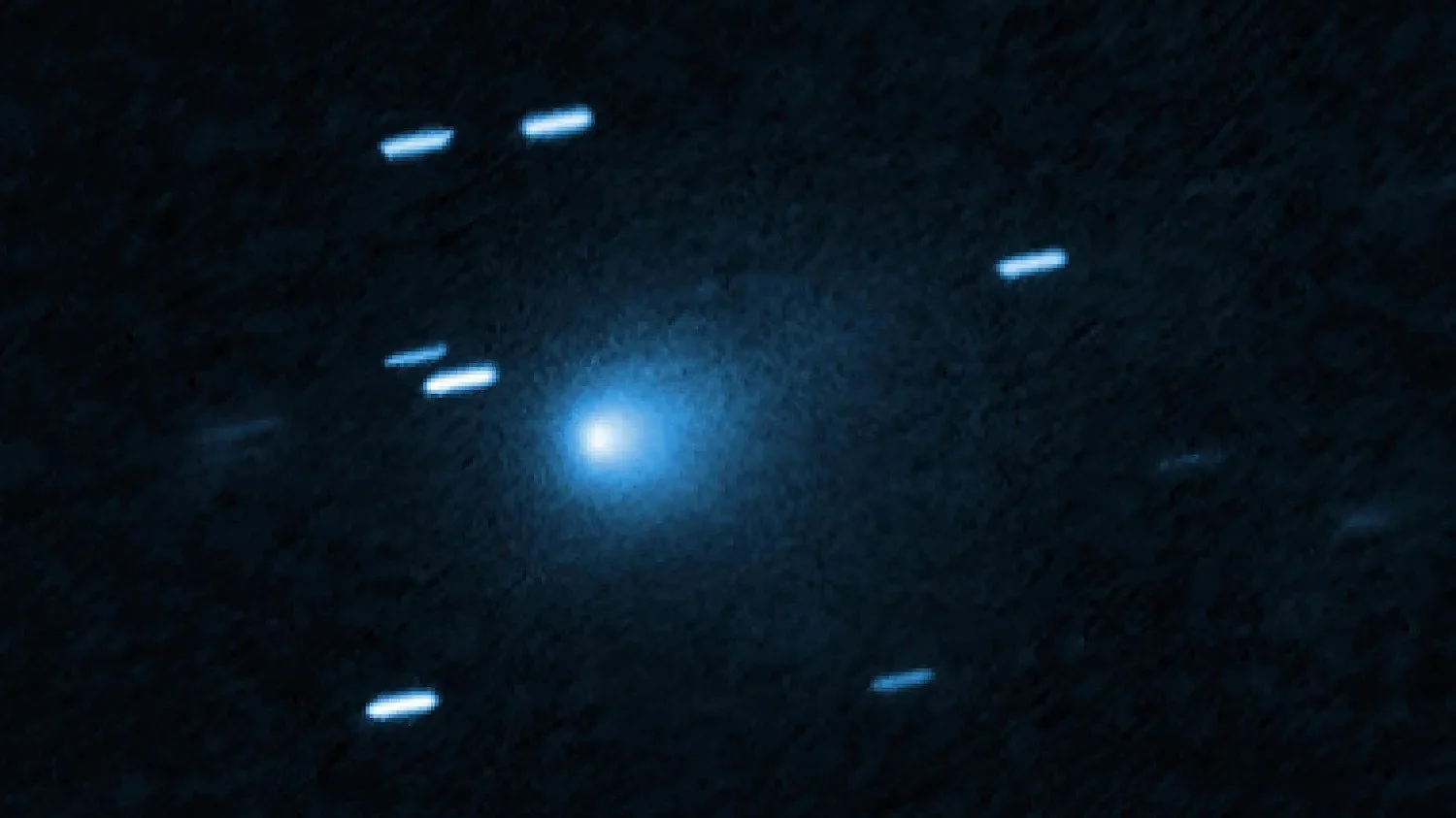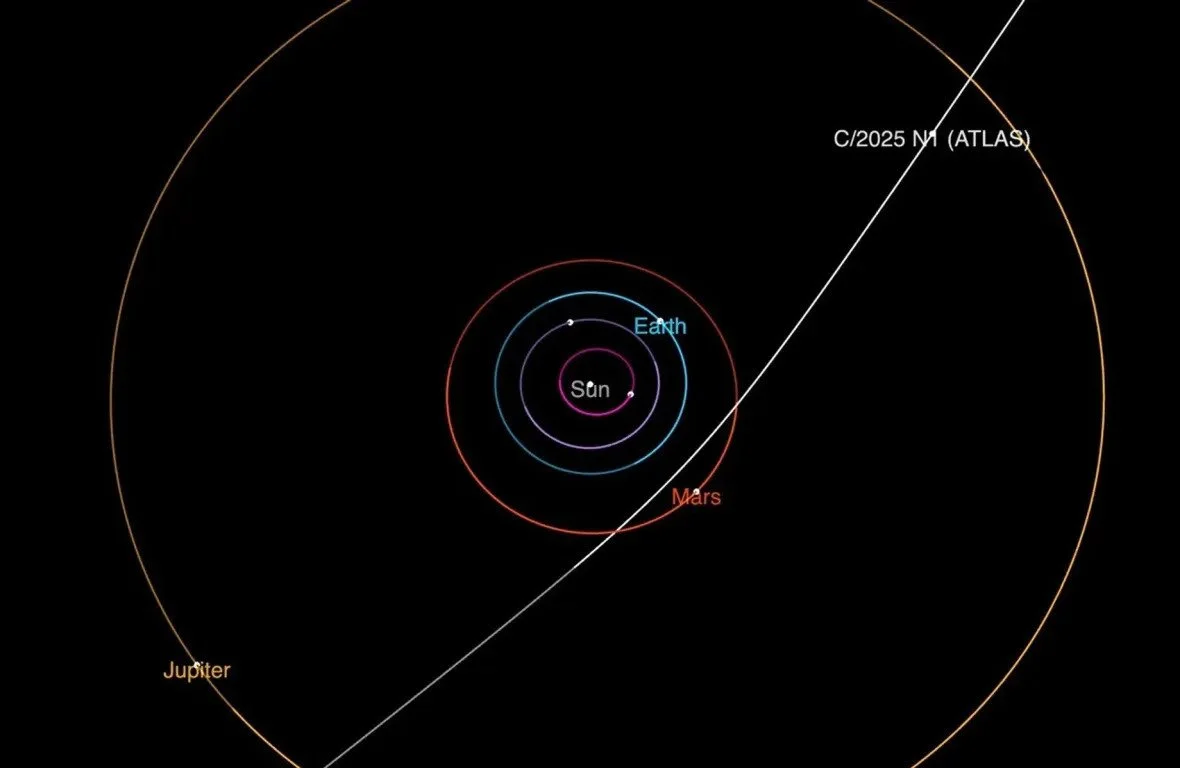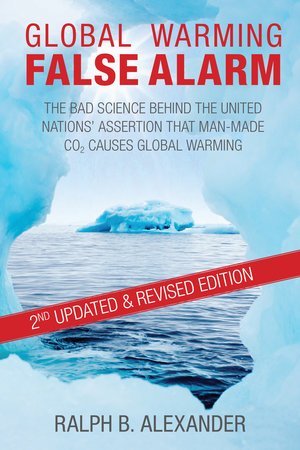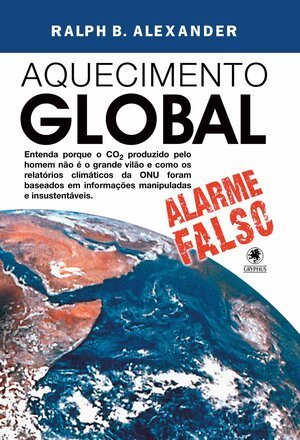Interloper Speeding Through Solar System Is Interstellar Comet, Not Alien Spacecraft
/In early July, an observation made by a NASA-funded survey telescope in Chile sent the astrophysics community into a frenzy. The telescope, whose purpose is to search for objects that might collide with Earth, had discovered an intruder in our solar system – a stranger in our cosmic backyard, zipping along at speeds exceeding 210,000 km per hour (130,000 mph).
The initial consensus among astronomers was that the mystery object, named 3I/ATLAS after the Chilean telescope, was a comet from interstellar space, the third such object ever detected (3I standing for “3rd interstellar”). The evidence showed that its size was just a few km across and that it would not come closer than 270 million km (170 million miles) to Earth. But puzzling questions remained.
If the interloper was indeed a comet, why wasn’t it accompanied by the usual “tail,” the stream of gas and dust millions of km long stretching out behind a comet’s path? Why was it moving so fast, much faster than typical solar system comets? And why, contrary to most comets, was it traveling close to the so-called ecliptic, the orbital plane of Earth and most planets around the sun?
Enter famed Harvard astrophysicist Avi Loeb, recognized for his work on the evolution of the first stars. Rejecting the consensus, Loeb postulated that 3I/ATLAS could be an “extraterrestrial artifact” — maybe even an “alien mothership” on a reconnaissance mission through our solar system.
Loeb quickly submitted a preprint espousing his hypothesis, setting out his arguments for 3I/ATLAS being technological and possibly even hostile. One argument, put forward separately in a blog post of his, was that subsequent study of the extraterrestrial visitor by the Hubble space-based telescope suggested that it could now be producing its own light, as seen in the figure below.
The glow of light ahead of its motion had been interpreted by other astronomers as evaporation of dust from the sun-facing side of the object. But Loeb had a different interpretation: that 3I/ATLAS could be “a spacecraft powered by nuclear energy,” the dust emitted from its front surface being dirt that accumulated during its interstellar travel.
In his preprint, Loeb expounds his other arguments. Spectroscopic analysis has so far showed no sign of a cometary tail, essentially ruling out the comet hypothesis, he maintains. Furthermore, the interloper’s extremely high speed at its present large distance from the sun, which could give it a future gravitational “push,’’ means it cannot have come from the solar system. Most comets originate in the Kuiper Belt in the outer reaches of the solar system, but not beyond; 3I/ATLAS passed through the Kuiper Belt eight years ago, says Loeb.
As for its near alignment with the ecliptic plane, Loeb calculates that the probability of such a trajectory for an incoming object is a low 0.2%. In addition, the trajectory takes the unknown intruder unusually close to Venus, Mars and Jupiter, as indicated in the next figure, without coming too close to Earth. Assuming that 3I/ATLAS could have entered the solar system at any time, the probability of this trajectory is a vanishingly small 0.005%.
Loeb finds such estimates, together with other observations, suspicious. He speculates that the trajectory of 3I/ATLAS has all the hallmarks of an alien spacecraft dispatched to investigate the solar system while remaining beyond the range of our most powerful ballistic missiles.
Needless to say, other astrophysicists have found Loeb’s ideas outlandish – and for good reason.
On August 6, the awesome capabilities of the James Webb Space Telescope were brought to bear on the apparent trespasser, when the telescope’s near-infrared spectrograph was employed for a detailed study of the light emitted by the object. One of the many spectrograph images is displayed in the figure below, the arrow (S,v) denoting the direction of motion.
The James Webb images show the light emitted by 3I/ATLAS much more clearly than the earlier pictures obtained by the Hubble telescope. The light pattern is in fact confirming evidence of the “coma” characteristic of a typical comet. A coma is the luminous halo of gas and dust that forms around the cometary nucleus as the comet approaches the sun; the coma appears as a diffuse “head” to the comet, the material eventually being swept into the comet’s tail.
What’s unusual about the coma of 3I/ATLAS is that it’s rich in CO2 and has less water than most ordinary solar system comets. In another preprint, a research group headed by two NASA astrophysicists proposes that the comet contains ices exposed to higher levels of radiation than normal comets, accumulated as it traveled for probably billions of years through interstellar space, or that it formed close to the CO2 ice line in another star system.
Even Loeb in his earlier preprint conceded that 3I/ATLAS was most likely a comet. He defended his paper as “largely a pedagogical exercise.”
Next: New Evidence Confirms That Sea Level Rise Is Not Accelerating








